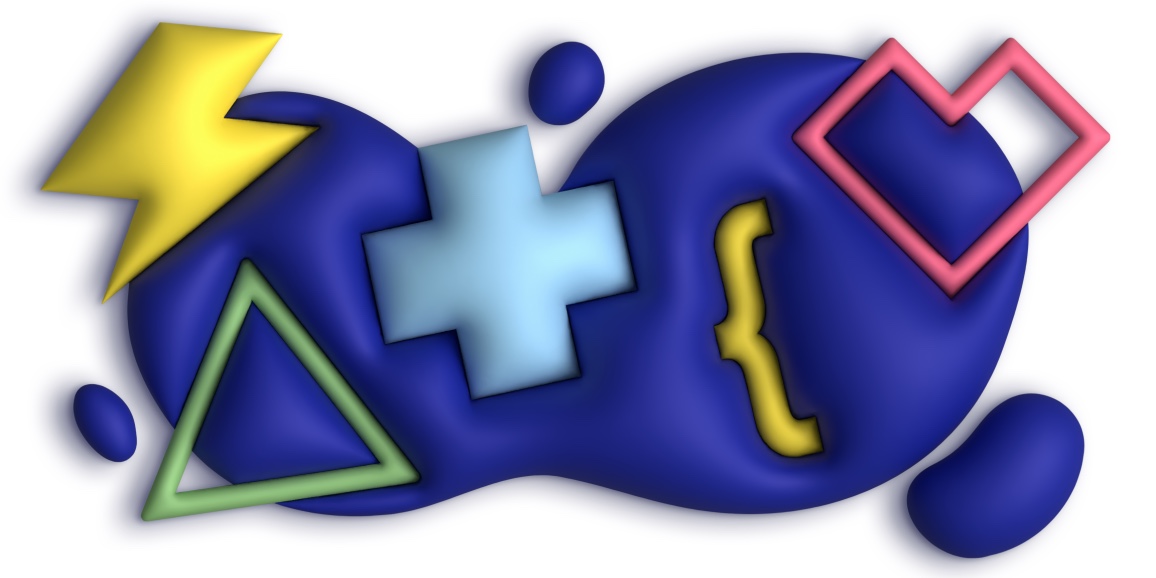An “always on” approach to entertainment brand marketing can be daunting, especially for marketing teams built to support periodic launches. Whether your brand sells video games, toys, sports tickets, or other entertainment, you likely have a plan for the biggest days on your quarterly calendar. But here’s the bad news: What are you doing in the interim?
Consumers are constantly bombarded with fresh options within a world of content that’s vying for their attention. And to keep up, marketing campaign norms have shifted. That means if your competitors have already adopted an always-on approach to digital, your brand will effectively disappear between launches.
To stay connected with your fans, you need a comprehensive, cross-platform approach that will keep pace with a landscape that’s always in motion. By expanding your strategy, you can build a connection with your fans that will be stronger, stable, and more lucrative.
And even if you’re more accustomed to launch campaigns, your team still has a fairly solid strategy in place. You know how to set up your content plan and release what will engage your audience across their preferred channels. Now you just need to do it in perpetuity.
Break the boom-bust cycle of conventional marketing
With an always-on approach to marketing, you can retain an audience of fans who are eager to learn more about your brand. To keep your fans engaged, you need to continually interact with them across every platform.
Digital campaigns are designed to build and nurture the interest of your audience leading up to your product launch. Once the big day passes, you run the numbers to see if your campaign hit its targets. Next — ideally — you or the right agency partner will apply those results to your next launch.
At the same time, your audience is moving on. Maybe your competitor launched a new title, or the next instalment of their favorite franchise is weeks away. But since all of your brand’s channels have gone dark, you’ve told your most dedicated fans there’s nothing else to see.
Rather than keeping your fans connected and engaged, this cyclical pattern of marketing encourages them to leave your brand behind. Then once it’s time for your next product launch, you’ve lost all the attention the last campaign worked to create. You and your team are effectively starting from scratch.

How cross-platform marketing builds a bridge between campaign cycles
Even if your next campaign launch is months away, your entertainment brand always has something to share with its fans. Below are three approaches to breaking your campaign out of its cyclical approach to create a content playbook that drives a more sustainable connection with your fans.
1. Look beyond your products to drive additional content
Whether your brand is promoting the launch of a title, toy, or other event, you have an assortment of possibilities to promote that lie beyond the product.
To use an example from sports, the NFL and the NBA have long looked to marquee stars as a way to promote their leagues regardless of the time of year. In the case of your brand, you can create new content around the key players in your game’s world to build further awareness among your fans.
LeBron James, Patrick Mahomes, and even Nintendo’s Mario are perpetually part of the conversation for their brands.
2. Remix and repetition of your brand’s latest campaigns
An old-school marketing rule held that an audience had to see your message seven times before responding. Given the surrounding noise of digital platforms and our shrinking attention spans, that number is likely much higher.
But along with your brand having more latitude to repeat itself, you can also repurpose your existing campaigns for different platforms. Even if you’re communicating a single message to promote a title over the holidays or prior to a release, you need multiple variations of that message.
So even if your content says the same thing, you need to ensure your message fits the right channel. For example, we created a campaign for a video game brand that included 400 variants. From TikTok to YouTube to Instagram, different platforms feature varying visual specifications and audience expectations.

3. Low-lift tricks for content that connects with your brand’s audience
Expanding your approach to always-on marketing might conjure images of creating multiple 30-second commercials week after week at $5 million a pop. But you can also connect with your audience through much easier (and cost-effective) tactics. Maintain your brand’s visibility by commenting, liking, and reposting the content on your social media feed.
In fact, reposting fan interactions is how many companies get their start. By simply sharing what your audience is doing, you can amplify their voices and encourage more people to keep talking about your brand. Not long after, your social channels are populated with content fueled by each platform’s algorithm.
How to operationalize an always-on marketing plan
Unfortunately, most brands simply aren’t set up to consistently produce content that will keep their fans engaged until the next launch cycle. But it’s possible to build an always-on team to support your digital content — without upending your budget. Your brand just has to make a commitment to sustaining your efforts.
Hiring social media or audience engagement specialists provides entry points for brands to explore consistent content creation. For example, when you compare its reach in the U.S. with baseball or hockey, pro football stands apart. That’s partially because the NFL has better leveraged an always-on approach to its marketing. They’ve brought on two social creators per team to secure its next generation of fans.
For your brand, it’s a matter of making a case for the investment. Or, you can partner with an outside agency flexible enough to collaborate with you to develop a playbook that nurtures a connection with your fans that’s strong and sustainable.
At We The Collective, we’re built to plan your strategy and create your content. Then, we measure the results in realtime to ensure your plan is working so we can continually improve. If this sounds like a marketing plan that will keep your brand going launch after launch — and beyond — we should talk.


